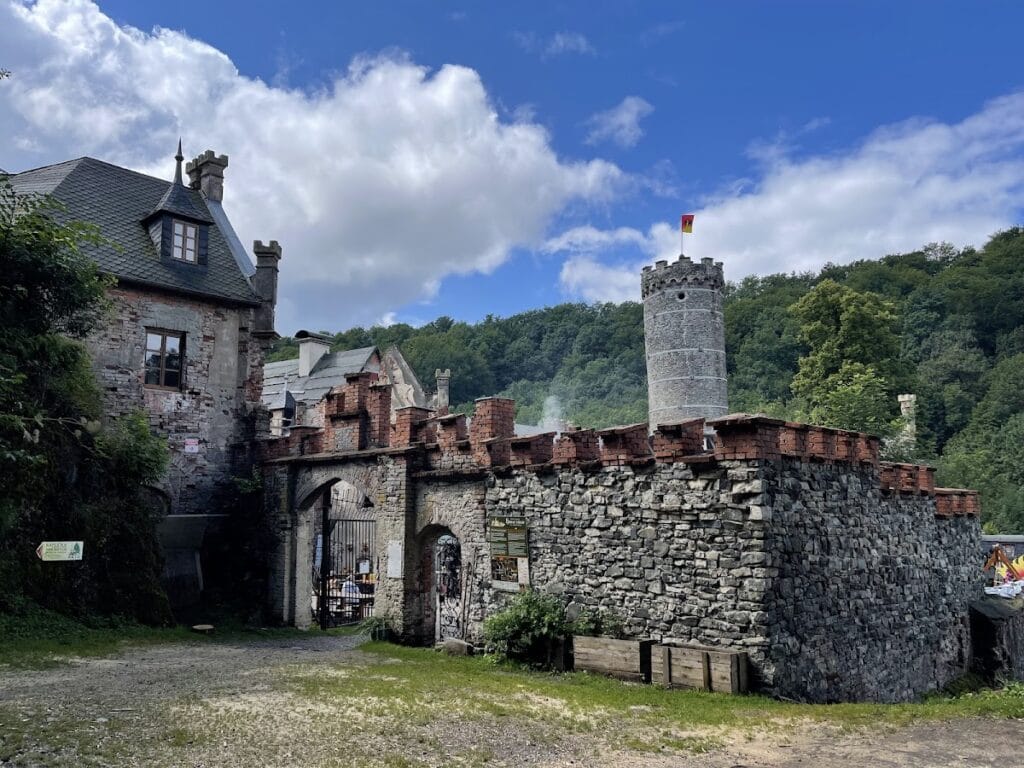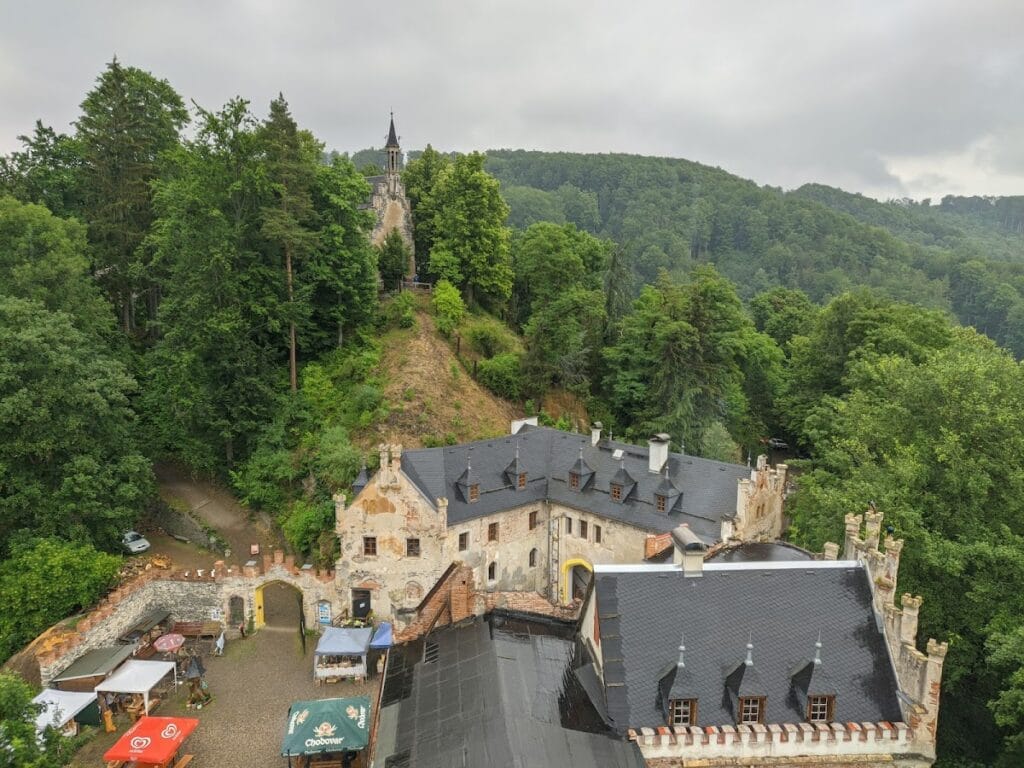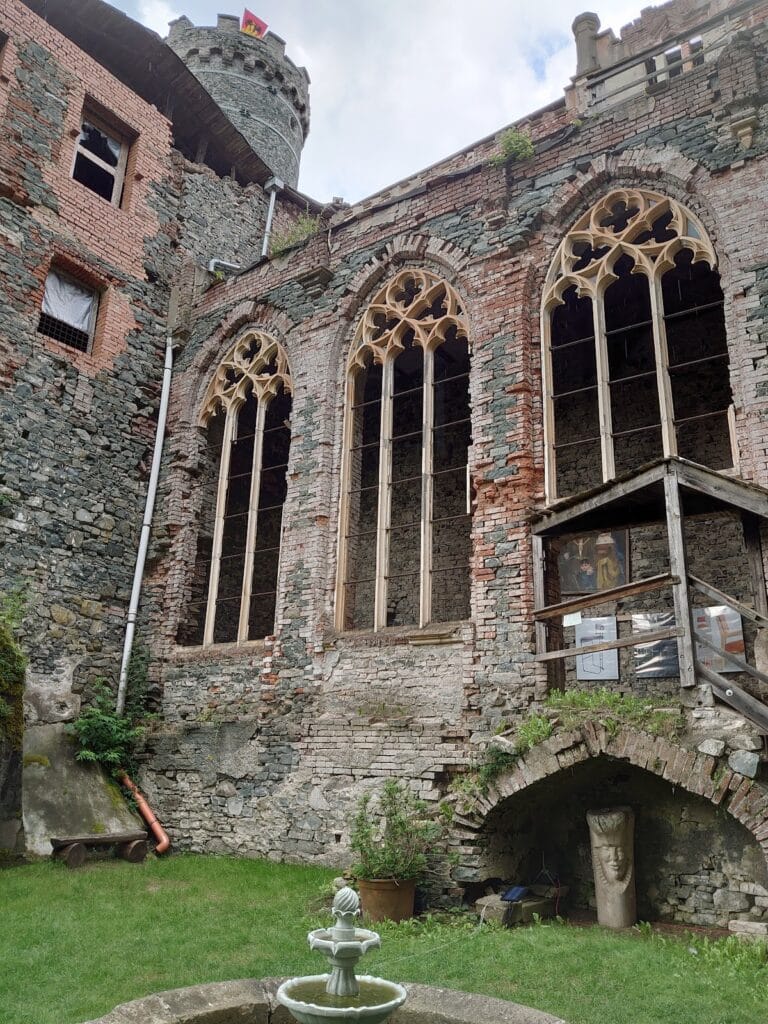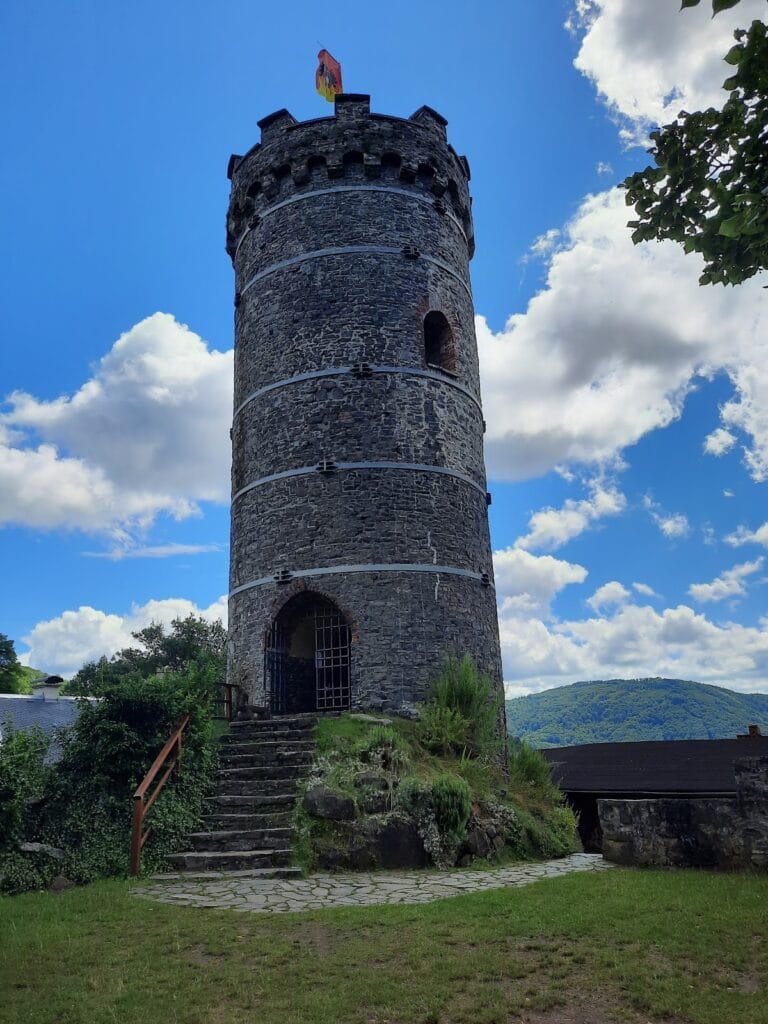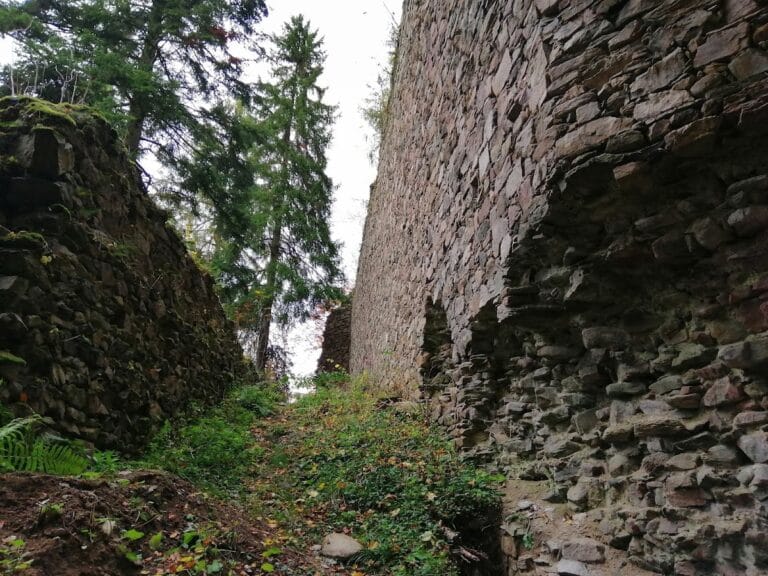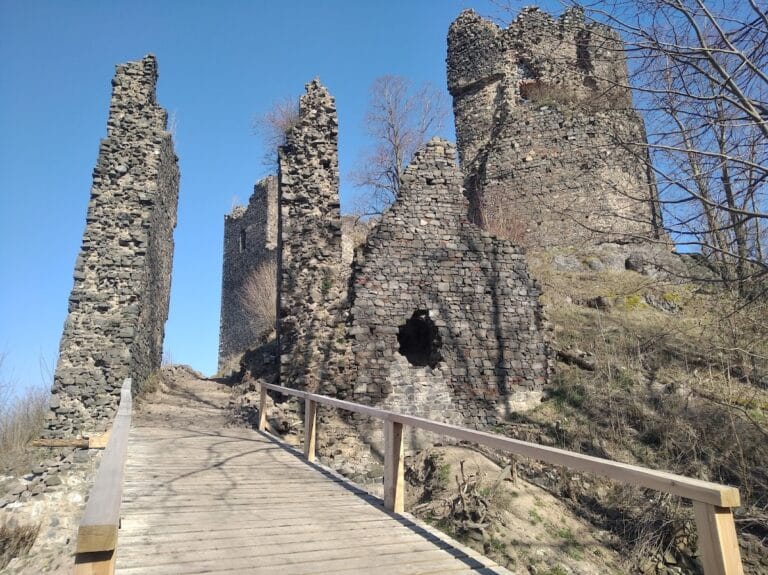Hauenštejn Castle: A Historic Fortress in the Czech Republic
Visitor Information
Google Rating: 4.3
Popularity: Medium
Google Maps: View on Google Maps
Official Website: hornihrad.cz
Country: Czechia
Civilization: Medieval European
Remains: Military
History
Hauenštejn Castle is situated near Krásný Les in the modern Czech Republic. This fortress originates from the 13th century, constructed by the medieval Bohemian kingdom. It was built to safeguard royal routes and oversee the region’s important mining activities in the Ore Mountains.
The earliest recorded owner of Hauenštejn was Mikuláš Winkler, who served as the burgrave of nearby Loket Castle. Shortly after, ownership passed to the Doksany monastery. In 1336, the monastery exchanged the castle with King John of Bohemia, and from then through the 14th and 15th centuries, Hauenštejn remained royal property. During this time, expansions were made under King Charles IV, reflecting the castle’s continued strategic and economic importance.
In the 16th century, the castle came into the possession of the Šlik family, a wealthy dynasty prominently involved in silver mining near Jáchymov. Around 1600, after a significant fire, the Šliks rebuilt Hauenštejn in the Renaissance style, adding a brewery and expanding agricultural facilities including orchards and farm buildings. They also installed an innovative wooden system to supply water throughout the estate.
Ownership changed in 1663 when Duke Julius Henry of Saxe-Lauenburg acquired the castle, merging it into the Ostrov estate. By 1689, through inheritance, the property passed to the Baden family. When the male Baden line ended in 1771, the castle transferred to Habsburg control under Maria Theresa. The Habsburg dynasty held it until 1837, when they sold Hauenštejn to Countess Gabrielle Buquoy.
The Buquoy family maintained possession until 1945. During their tenure in the 19th century, they introduced significant renovations in Romantic and historicist architectural styles, drawing aesthetic inspiration from English and Bavarian castles. In World War II, the castle was repurposed as a center for the Hitler Youth and was also used for experimental research related to a serum sought by General Erwin Rommel.
After the war, the Czechoslovak state confiscated Hauenštejn. It served as housing for uranium miners and as a facility for youth organizations until 1958, when its deteriorating condition forced closure. Decades of neglect and vandalism followed until the castle was transferred to the municipality of Krásný Les in 1992. Subsequently, in 1999 and 2000, Pavel Palacký, a descendant of the Czech historian František Palacký, purchased the site and began ongoing restoration and cultural revitalization efforts.
Remains
Hauenštejn Castle sits atop a hill about 465 meters above sea level, overlooking the Ore Mountains near Karlovy Vary. The original medieval structure underwent extensive transformation over the centuries, resulting in a blend of architectural styles and functional features. The castle’s Renaissance reconstruction after the fire circa 1600 introduced new elements such as a brewery along with expanded orchards and farm buildings. A wooden conduit system was installed during this period to supply water, illustrating early advancements in estate infrastructure.
Access to the castle is offered by two distinct paths. A shorter route leads visitors through a reconstructed castle gate, which maintains historical design elements from the castle’s various phases. The longer path culminates at the main courtyard, providing views of the castle tower and the surrounding estate.
Above the hill, the Hornohradská Chapel stands as a notable feature linked to the castle complex. The chapel preserves a single original wooden bench, while additional seating was installed for exhibition purposes. Within the chapel resides a wooden statue of St. Wenceslas, crafted in 2007 for a pilgrimage to the Vatican, where it received a papal blessing. This connection highlights the chapel’s ongoing cultural and spiritual significance.
Adjacent to the chapel is a botanical garden and arboretum established in 1971 by Ing. Jaroslav Hejtík. This curated green space contains a wide variety of deciduous and coniferous trees originating from Asia and North America, alongside traditional and medicinal plant species. The garden showcases botanical diversity integrated with the historical setting.
Following decades of decline after its closure in the late 1950s, much of the castle suffered from vandalism and environmental wear. Nonetheless, restoration is underway under private ownership. The castle grounds now support cultural engagement through music festivals, night tours, summer camps, and international volunteer work, contributing to the revival of this historic site.
